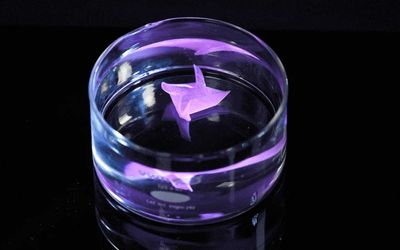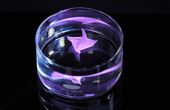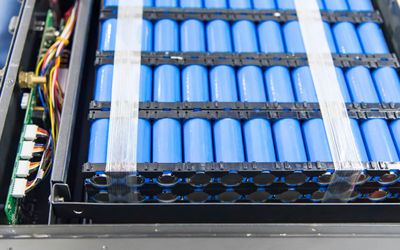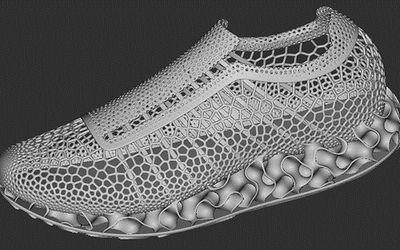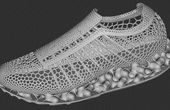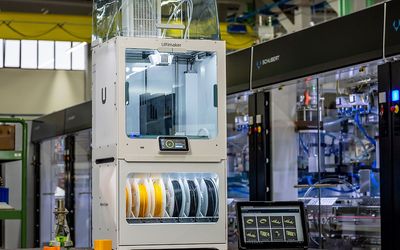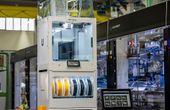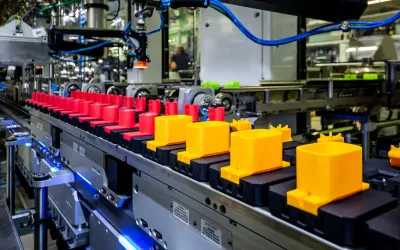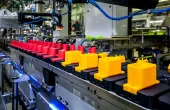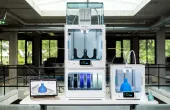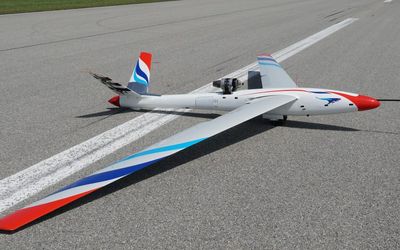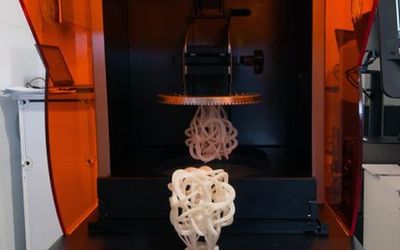Be the first to know.
Get our materials weekly email digest.
Tagged with
Materials
ORGANIZATIONS. SHAPING THE INDUSTRY.
The Next Byte
Entertainment
The Next Byte Podcast is hosted by two young engineers - Daniel and Farbod - who select the most interesting tech/engineering cont...
165 Posts
ETH Zurich
University for science and technology
Freedom and individual responsibility, entrepreneurial spirit and open-min...
43 Posts
View more
Latest Posts
Design of surface roughness on CAD of AM lattices using areal surface parameters for better design validation
AM lattices often have a down skin surface roughness different from the up skin one. The workflow shown below enables the design of a virtual “CAD with Designed Surface”. The latter has a surface roughness closer to the actual AM lattice, measured using X-ray Computed Tomography.






